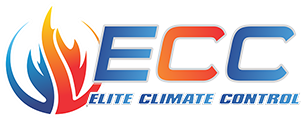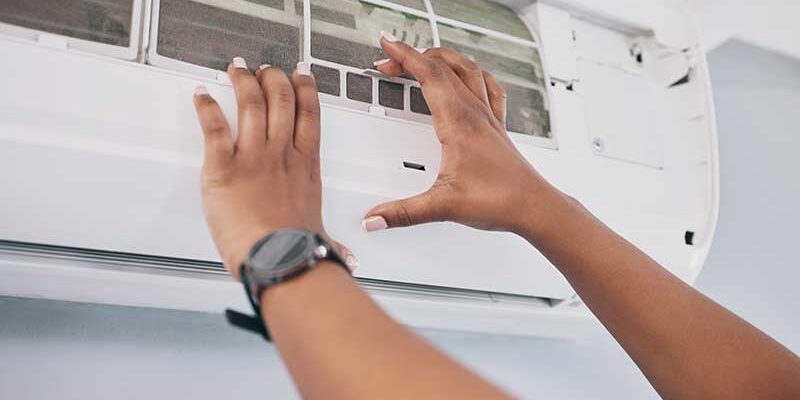Proper circulation in your air conditioning (AC) system is critical for optimal performance, energy conservation, and a comfortable interior atmosphere. Neglecting this factor might result in higher energy expenses, shorter system lifespan, and inconsistent cooling or heating. Here are practical measures to guarantee that your air conditioning system maintains adequate airflow.
1. Regularly replace or clean air filters
Keeping the air filters clean is one of the simplest and most effective ways to sustain airflow. Clogged or unclean filters impede airflow, requiring your air conditioner to work harder, resulting in increased energy costs and probable system failures. Depending on your usage and the environment, replace disposable filters or clean reusable ones every 30 to 90 days.
2. Keep vents and registers unobstructed
Furniture, drapes, and carpets can obstruct air vents and registers, significantly reducing ventilation. Ensure that all vents are free of impediments to allow for unobstructed air flow. This not only promotes optimal airflow but also helps to achieve uniform temperature across the space.
3. Schedule regular maintenance
Regular professional check-ups are essential. Technicians can detect duct leaks, inappropriate system size, and mechanical faults that the untrained eye may miss. Seasonal maintenance ensures that all components of your air conditioning system are running properly.
4. Seal and insulate ductwork
Leaky ducts can reduce airflow by up to 30%, causing your system to work harder and less efficiently. Sealing and insulating ductwork can help avoid air loss and enhance the overall effectiveness of your air conditioning system. Pay special attention to regions where ducts go through non-air-conditioned environments, such as attics or basements.
5. Install a smart thermostat
A smart thermostat improves airflow management by automatically changing the air conditioning based on real-time requirements. These devices can carefully control airflow throughout various zones of your home, ensuring that no energy is wasted in idle spaces.
6. Consider AC upgrades
If your air conditioning system is older, it may be less efficient owing to wear and tear or outdated technology. Upgrade to a newer model that includes advanced features such as variable speed fans to improve airflow and energy efficiency.
7. Check your air conditioner’s fan setting
Most air conditioning systems include adjustable fan settings on the thermostat. Setting your fan to “auto” causes it to run just when the AC is cooling the air, whereas setting it to “on” causes it to run constantly. Continuous operation can increase air flow and filtration.
8. Clear the area around the outside units
The condenser, the external portion of your air conditioning system, requires enough of space to allow for unobstructed airflow. Make sure to clear any debris, leaves, or overgrowth that could clog the condenser unit. A free space helps the device to efficiently draw in air and function properly.
Maintaining proper airflow in your AC system does more than just improve comfort; it also optimizes performance and extends the unit’s lifespan. Regular attention to filters, ducts, vents, and professional maintenance can result in significant cost savings and a more comfortable indoor atmosphere. Remember, a little effort goes a long way toward ensuring that your air conditioning system runs properly all year.




